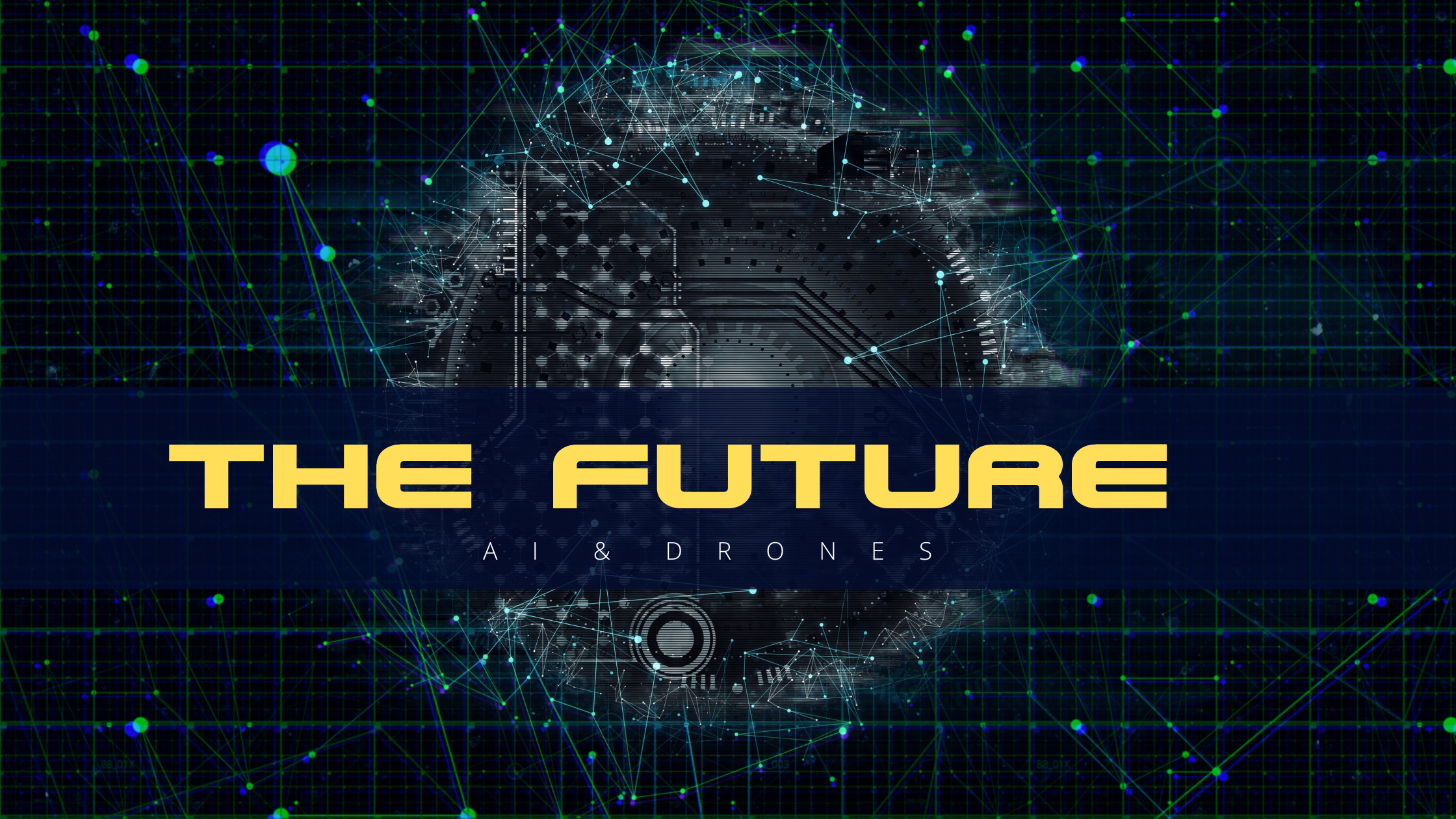
AI & DRONES IN INDIAN DEFENCE: ARE WE READY FOR FUTURE WARS?
1. Introduction
Context: The nature of warfare is evolving rapidly with the integration of Artificial Intelligence (AI), Unmanned Aerial Vehicles (UAVs), and autonomous systems.
Thesis: While India has made commendable strides in incorporating AI and drones into its defence ecosystem, significant challenges remain in infrastructure, doctrine, and technological self-reliance to be fully prepared for future wars.
2. The Changing Nature of Warfare
AI-Driven Warfare: AI used in predictive analytics, autonomous weapons, decision support systems, and cyber warfare.
Drone Warfare: From surveillance to precision strikes — UAVs redefine air superiority and tactical battlefield advantages.
Examples: Russia-Ukraine war, Armenia-Azerbaijan conflict — both highlight transformative impacts of drone and AI tech.
3. India’s Progress So Far
DRDO and HAL Initiatives: Rustom, Tapas-BH, Ghatak UCAV.
Startups and Private Sector: Indian companies like IdeaForge, NewSpace, and Big Bang Boom are developing AI-powered defence drones.
Doctrinal Shifts: Indian Armed Forces have begun integrating AI and drone tactics in exercises and strategic planning.
4. Key Challenges
Technology Gaps: Dependency on foreign tech; limited domestic capacity in chip manufacturing, swarm AI, and advanced drone autonomy.
Cybersecurity Risks: AI systems are vulnerable to data poisoning, jamming, spoofing, and adversarial cyber tactics.
Doctrinal and Human Resource Issues: Need for updated training, doctrine, and leadership mindset to embrace AI-centric warfare.
Regulatory and Ethical Concerns: Use of autonomous lethal drones raises legal and moral questions under international humanitarian law.
5. Opportunities and Recommendations
Atmanirbhar Bharat Push: Strengthening indigenous R&D through public-private partnerships and defence corridors.
Global Collaborations: Leveraging strategic partnerships with Israel, USA, and France for AI-drone tech transfer and co-development.
Military-AI Strategy: Develop a comprehensive AI strategy with clear protocols, investment, and integration roadmap.
Skilling and Doctrine Development: Train a new cadre of “AI warriors” and incorporate AI into standard operational procedures.
6. Conclusion
Final Thoughts: The future of warfare is not just about firepower, but intelligent systems. India’s readiness depends on how swiftly and smartly it can integrate AI and drones across its defence ecosystem.
Call to Action: To remain a regional power and global player, India must invest boldly, regulate wisely, and prepare proactively for a future defined by man-machine teaming in combat.
Would you like this developed into a full article, speech, or academic paper? I can also help you tailor this to a specific audience, such as defence personnel, policymakers, or students.

